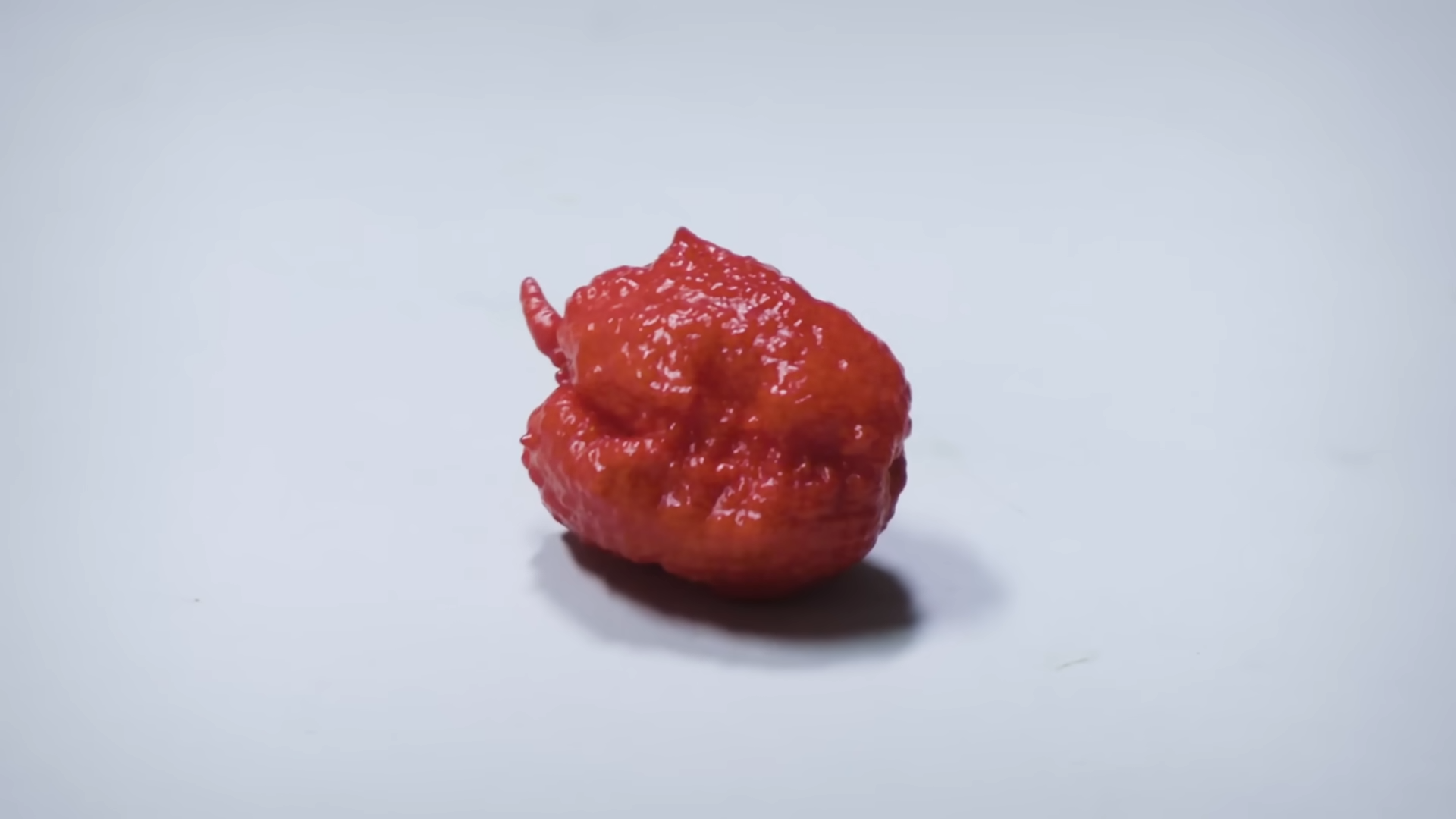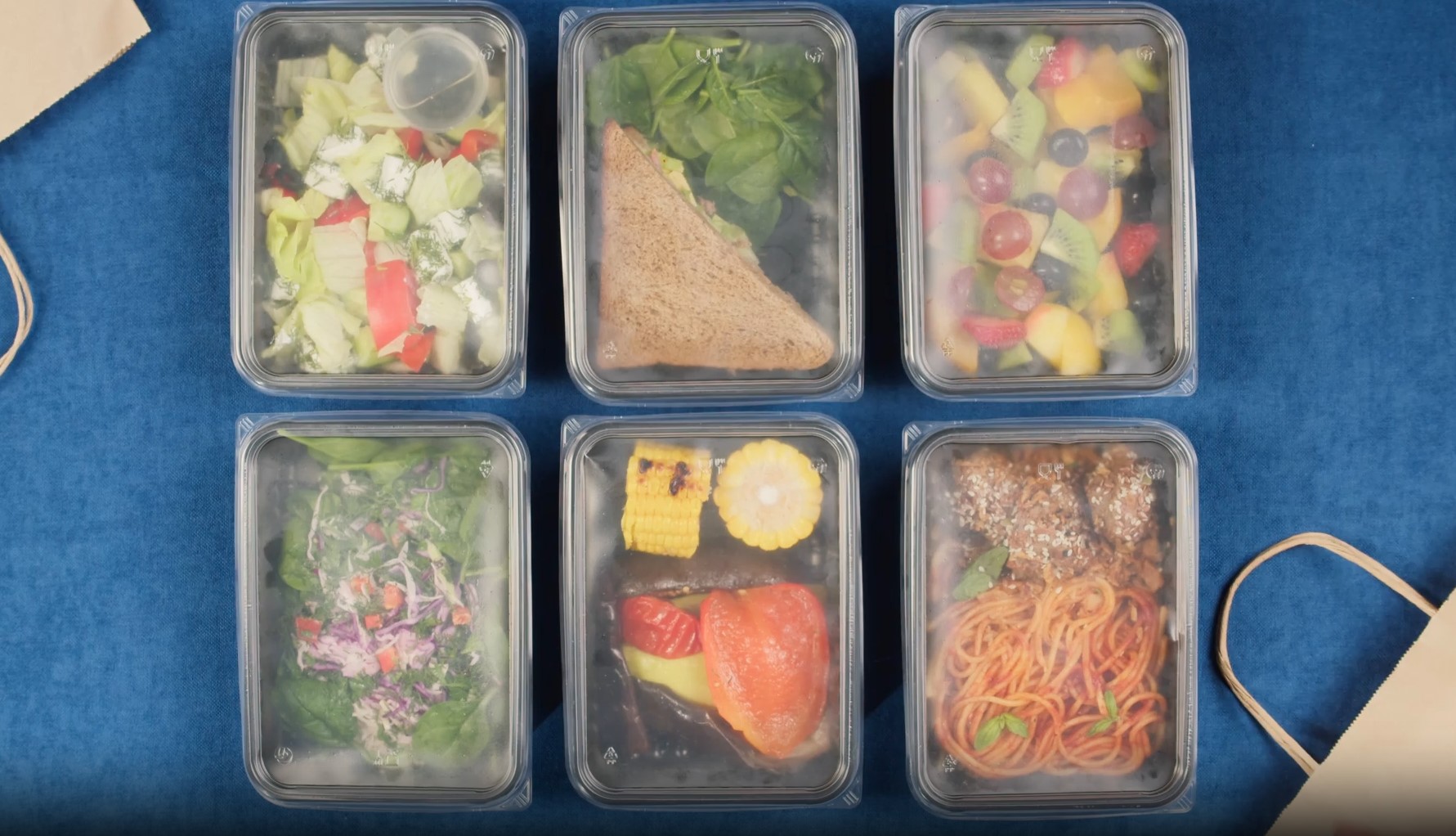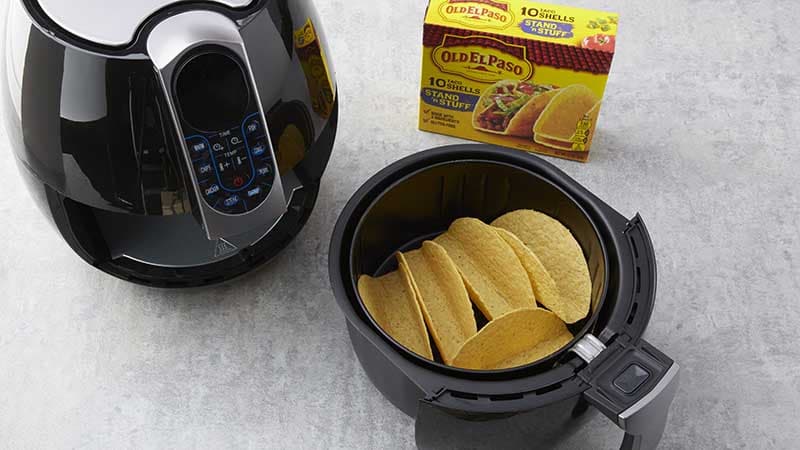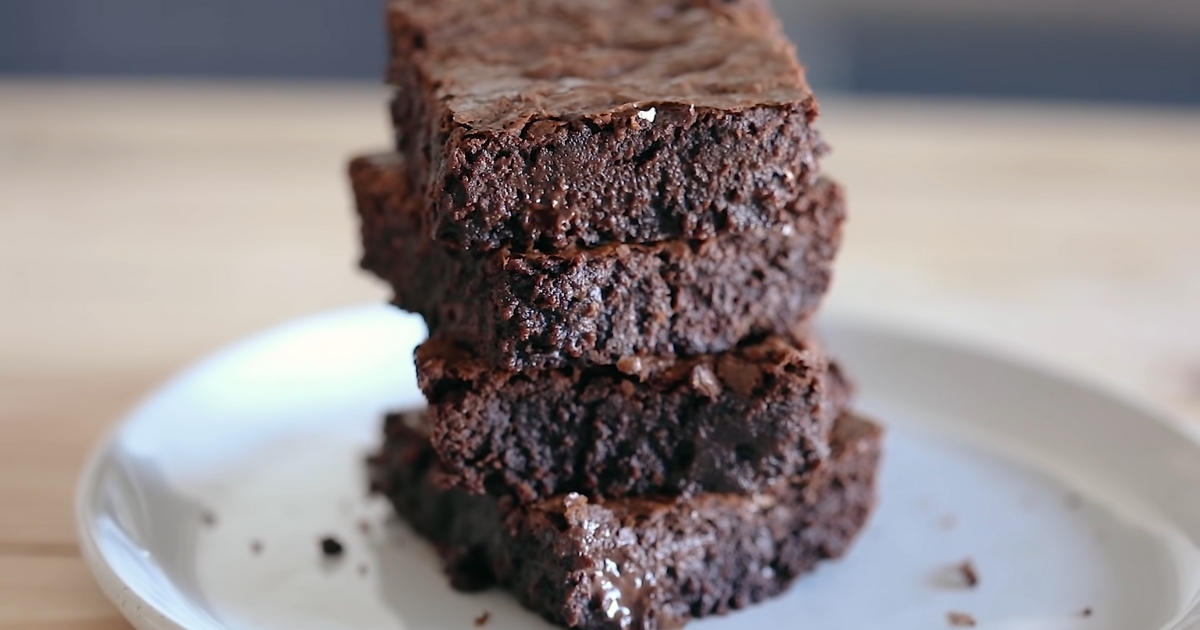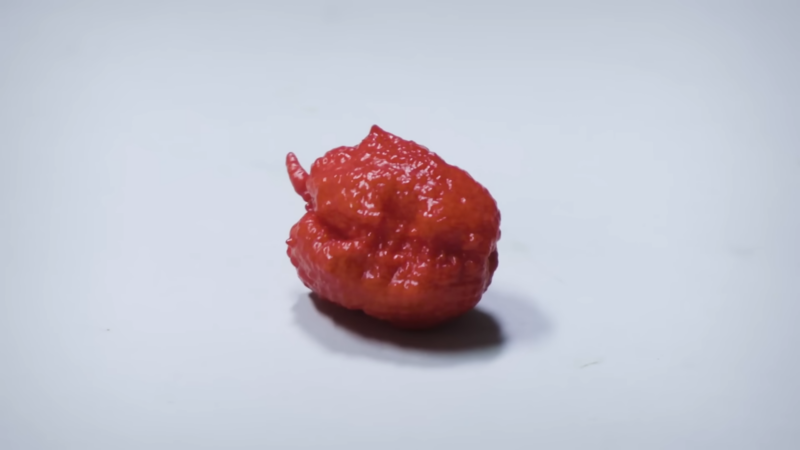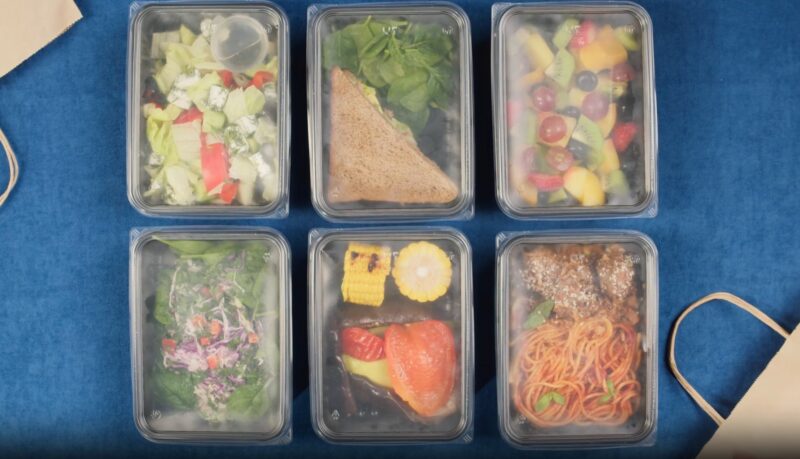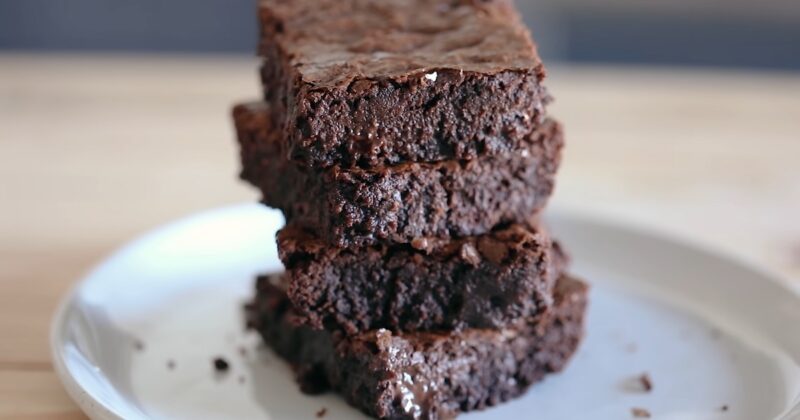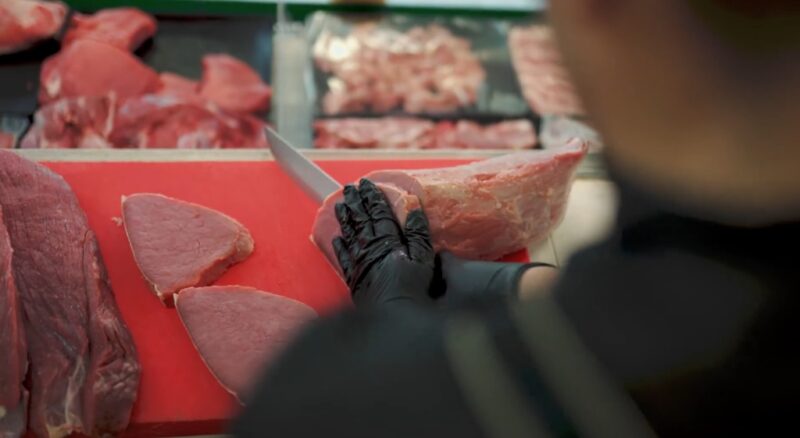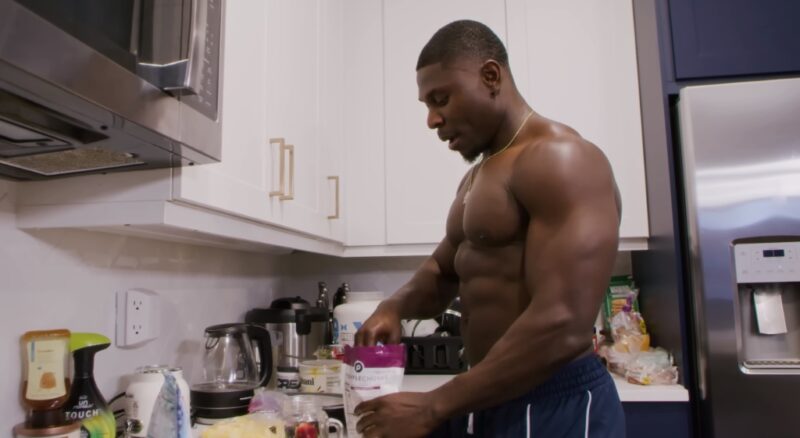
As a seasoned pastry chef and a connoisseur of all things sweet, I’ve had my fair share of encounters with the beloved chocolate cake.
Over the years, I’ve not only perfected the art of baking this classic dessert but also gained valuable insights into its shelf life. Whether it’s a moist, decadent layer cake or a simple, rich sheet cake, understanding how long your chocolate cake will maintain its quality is as essential as the recipe itself.
Let’s talk about the factors that contribute to the longevity of a chocolate cake and share some professional tips to ensure your cake remains as irresistible as the day it was sliced.
Shelf Life of Chocolate Cake
The longevity of a chocolate cake depends on various factors, including the ingredients used, how it’s stored, and whether it has any perishable fillings or frostings. Here’s a general guide to understanding the shelf life of this beloved dessert.
- At Room Temperature
- Basic Chocolate Cake: A simple chocolate cake, without any perishable fillings or frostings, can last up to four days when kept covered at room temperature.
- With Frosting and Fillings: If the cake has buttercream, fondant, or ganache, the same duration applies, but if it contains whipped cream, cream cheese, or custard, it should be refrigerated.
- In the Refrigerator
- Extended Freshness: Refrigeration can extend the cake’s freshness, allowing it to last about a week if properly covered to prevent it from absorbing other food odors and drying out.
- Impact on Texture: While refrigeration preserves freshness, it can also affect the texture, potentially making the cake denser and less moist over time.
Freshness Factors
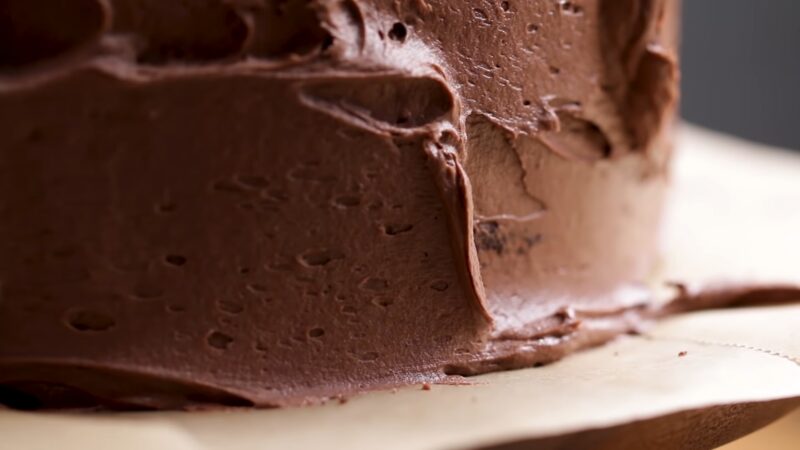
Different recipes can determine the shelf life of your chocolate cake. A cake that has fresh fruit or dairy-based fillings, for instance, will spoil faster than a plain sponge. The moisture content in the batter also plays a significant role. For example, oil-based recipes tend to last longer than butter-based ones.
Storage Environment
Keeping your chocolate cake in an airtight container can drastically increase its longevity. Exposure to air can lead to staleness, so a vacuum-sealed bag or a tight-fitting lid can work wonders. If you’re using a container, ensure there’s no lingering moisture as it can lead to mold growth.
Temperature Settings
Room temperature is generally suitable for a freshly baked dessert for about two to three days. The cooler the environment (without freezing), the longer it can stay fresh. This is why many prefer storing it in the refrigerator if they intend to keep it for more extended periods.
Signs of Spoilage
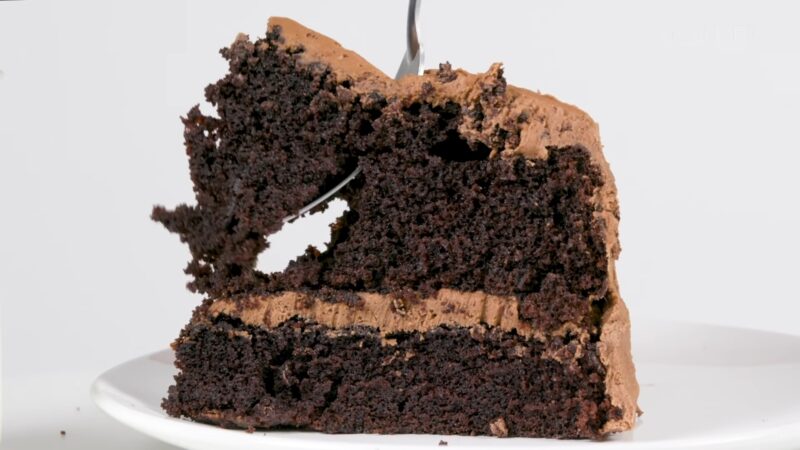
As you can presume, signs of spoilage are numerous. It is of the utmost importance to know them, to avoid unpleasant scenarios.
Physical Changes
If you notice any mold growth or discolorations, it’s best to discard the chocolate cake. Mold may appear as white, green, or even black spots. While they might begin tiny, they can quickly spread and are not safe for consumption.
Textural Shifts
A cake that’s past its prime might become either overly dry or unusually soggy. While dryness is often due to stale air exposure, sogginess can arise from microbial growth, making it unsafe to eat.
Odor and Flavor Checks
Spoiled chocolate cake may have an off or sour smell. Always trust your nose. Similarly, if a bite tastes odd or leaves an unpleasant aftertaste, it’s better to be safe and throw the remainder away.
The Role of Ingredients
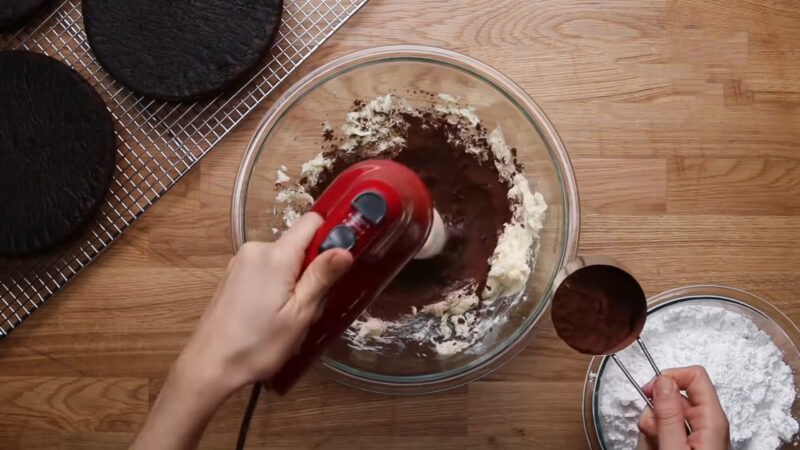
Ingredients play a vital role in your cake’s lifespan.
| Ingredient/Component | Notes |
|---|---|
| Eggs and Dairy | Perishable; store properly & consume quickly |
| Nuts and Dried Fruits | Can introduce rancid oils; monitor storage time |
| Artificial Preservatives | Extend shelf life; caution for natural treat lovers |
Cakes with the Longest Lifespan
Now, let us see what are the cakes with the longest lifespan.
- Fruitcakes and Dense Desserts: There’s a reason why fruitcakes have a reputation for lasting seemingly forever. The combination of sugar, alcohol, and preserved fruits can make these desserts last for months, if not longer, when stored correctly.
- Honey-Based Desserts:Honey is a natural preservative. Cakes that use honey as a primary sweetener might benefit from its antimicrobial properties, allowing them to have an extended shelf life.
- Alcohol-Infused: Desserts that have been soaked or infused with alcohol (like certain rum cakes) can have a significantly extended shelf life. Alcohol acts as a preservative and can deter bacterial and fungal growth. Over time, the flavor might intensify, so it’s still good to consume them within a recommended period.
- Gluten-Free: Gluten-free chocolate cakes might have a different texture and moisture content than their traditional counterparts. Often, they might dry out faster or have a slightly different spoilage timeline. Always follow storage instructions specific to these variants.
- Vegan Varieties: Vegan chocolate cakes might not contain dairy or eggs, but they can still have perishable ingredients like plant-based milk or fillings. These might have a different shelf life, so be sure to keep an eye out for spoilage signs specific to such ingredients.
- Low-Sugar and Sugar Substitutes: Sugar acts as a preservative in many chocolate cakes. If you’re opting for low-sugar or cakes with sugar substitutes, be aware that the shelf life might be reduced. Sugar not only adds sweetness but also binds moisture, which helps in preservation.
Tips that Ensure Longevity
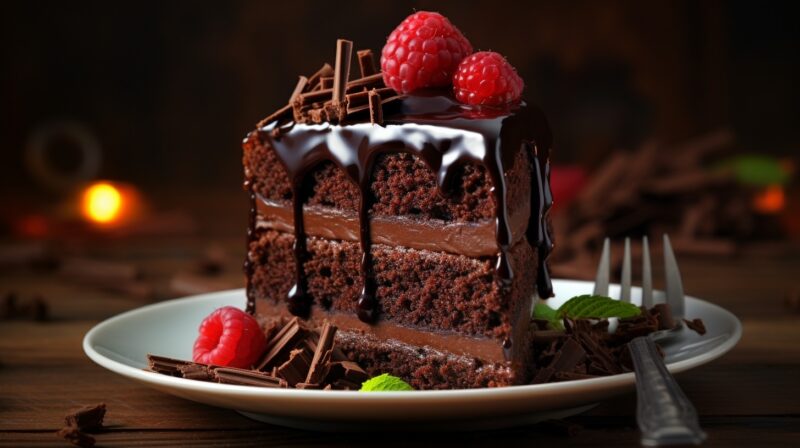
For those who don’t intend to finish their dessert within a couple of days, the fridge is your best friend. Here, it can last for about a week. If you’ve added perishable fillings or toppings, it’s even more crucial to refrigerate. For a long-term option, consider freezing.
Wrap it tightly in cling film, followed by aluminum foil, and it can stay good for up to three months. Thawing should be done in the fridge for the best results. Every time you take a slice, ensure the remaining portion is immediately covered or sealed.
This not only keeps it moist but also avoids contaminants. A good practice is to cut slices as you go rather than pre-slicing. Remember, while these guidelines can assist in determining the life span of your treat, always prioritize safety. When in doubt, it’s best to discard any questionable food item.
Serving and Storing
Of course, serving and storing plays an integral role in keeping a chocolate cake as fresh as possible. Consider using the following:
- Use a Clean Utensil Every Time: To avoid introducing contaminants, always use a clean knife or server when cutting your chocolate cake. Touching the treat with fingers or using a utensil that’s been left out can introduce unwanted bacteria, affecting its lifespan.
- Portioning for Preservation: If you know you won’t be consuming the entire dessert shortly, consider portioning it. This way, you only expose a small part to the environment, ensuring the rest remains sealed and fresh.
- The Value of Room Temperature: While refrigeration can enhance longevity, it’s worth noting that the flavor profile of many chocolate cakes is best experienced at room temperature. If you’ve stored your treat in the fridge, consider letting it sit out for a brief period before serving to bring out its full flavor. If you are looking for a somewhat uncommon solutions, you should consider:
- Vacuum Sealing: For those serious about preservation, vacuum sealing can be a fantastic method. By removing air, you’re reducing the chances of bacterial growth and staleness, thus extending the dessert’s life significantly.
- Layering with Wax or Parchment Paper: If you’re storing slices or portioned pieces, placing a layer of wax or parchment paper between them can prevent sticking and also offer an additional barrier against moisture.
- Desiccants and Moisture Control: A less common but effective trick is to use food-safe desiccants in your storage container. These packets absorb excess moisture, reducing the risk of mold growth. It’s crucial to ensure the desiccant doesn’t come in direct contact with the dessert and that it’s food-grade. The joy of enjoying a perfectly preserved slice of dessert is unparalleled.
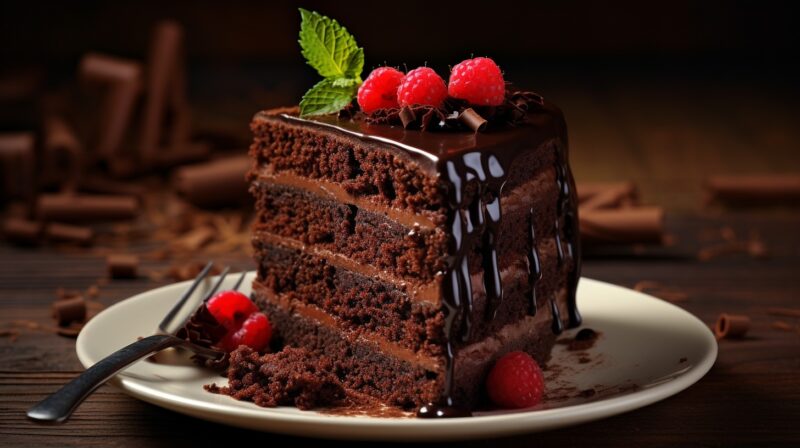
How Does Climate Fit In?
In regions with high humidity, desserts can spoil faster due to the moist environment, which is conducive for microbial growth. It’s essential in such areas to refrigerate desserts immediately and minimize their exposure to the open air. In contrast, areas with low humidity might lead to faster drying out of the cake.
The risk of mold growth is reduced. It’s still essential to store the chocolate cake in a sealed container to retain its moisture and taste. In cold regions, one can potentially store desserts in cool outdoor or garage spaces during winter months, acting like natural refrigeration.
Be wary of critters and ensure the dessert is stored in a sealed and secure container.
FAQs
Is it safe to eat chocolate cake that has been left out overnight?
If the cake does not have perishable fillings or toppings, it’s generally safe. If it does, it’s best to avoid consumption as bacteria can multiply quickly at room temperature.
Do commercial chocolate cakes last longer than homemade ones?
Often, commercial cakes contain preservatives that can prolong shelf life, whereas homemade ones typically do not.
If my chocolate cake has fruit in it, will it spoil faster?
Fruits can add moisture to a cake, which might make it more susceptible to mold. It’s a good idea to consume such cakes sooner or store them in the fridge.
Can sunlight affect the freshness of my chocolate cake?
Direct sunlight can heat the cake and accelerate the spoilage process, especially if the cake contains perishable ingredients. Always store cakes away from direct sunlight.
I accidentally left my chocolate cake with cream frosting out overnight. Is it still safe to eat?
Cream-based frostings are perishable. If the cake has been left out for an extended period, especially in warm conditions, it might not be safe to consume.
Summary
Reflecting on that woodland celebration, the life of a cake becomes a metaphor for the delicate balance in which we exist. Our obsession often lies with the main attraction, overlooking the unsung elements that truly define longevity.
The cake, with its layers and textures, stands as a testament to this intricate balance. It reminds us to value the unseen and the often overlooked, recognizing that it’s these elements that often hold the key to endurance.
As for our cake in the cabin, it was gone by morning, savored not just for its flavor but for the lesson it brought with it.
Related Posts:
- How Long Does Cooked Tofu Last? - The Right Storage for Tofu
- How Long Does Turkey Bacon Last: Keeping It Fresh and Tasty
- How Long Does Pasta Last in the Fridge - Keep Your…
- 11 Best Heart Shaped Waffle Maker 2023 - Waffling…
- What Does Walleye Taste Like? Diving into the Deliciousness
- What Does Lamb Taste Like? Know This Before You Try!



